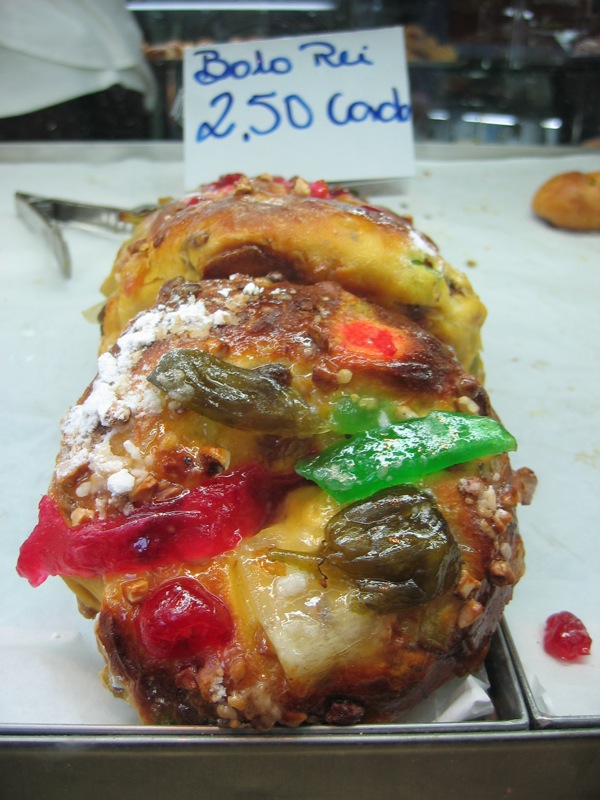Facts About Bolo-rei
A king cake is a festive delicacy enjoyed during the Epiphany festival or pre-Lenten celebrations like Mardi Gras and Carnival in various countries. With a rich history spanning approximately 300 years, this treat has evolved into different varieties depending on the region. For instance, in New Orleans, king cakes are made with a sweet brioche dough, while in other countries, they may be crafted from puff pastry and filled with a variety of delectable ingredients.
The tradition of the king cake is rooted in the celebration of Epiphany, which commemorates the visit of the biblical Magi to the baby Jesus and occurs on January 6. This cake is enjoyed in many countries, including Belgium, France, Portugal, Spain, Latin America, Greece, Cyprus, and Bulgaria, during the Christmas season. In the Southeastern United States, king cakes are closely tied to Mardi Gras traditions and are a highlight of the Carnival season.
Each region has its own variation of the king cake. In France and Catalonia, you’ll find versions like the galette des rois and gâteau des rois. In Portugal, the traditional cake is known as bolo-rei, a staple during the Christmas season. Spanish-speaking countries enjoy the roscón de reyes or rosca de reyes, typically eaten on January 6.
The king cake tradition in the United States Gulf Coast was introduced by Basque settlers in 1718. It has since become a central part of Mardi Gras celebrations in New Orleans, where parties and gatherings often revolve around this sweet treat. A fun aspect of this tradition is hiding a small figurine inside the cake. The person who finds it is said to enjoy certain privileges and responsibilities, such as buying the next cake or hosting the next party.
Typically, the hidden trinket is a small baby figurine, symbolizing luck and prosperity. Nowadays, these are often made of plastic. The ingredients for a king cake usually include milk, butter, yeast, sugar, eggs, and a mix of spices. The cake is then topped with icing made from confectioner’s sugar and decorated with colored sugar crystals representing justice, faith, and power.
